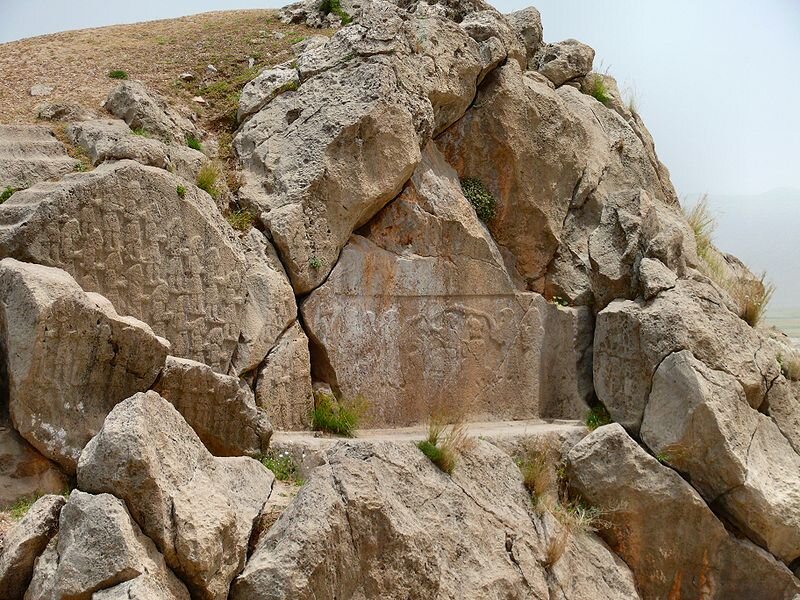Millennia-old petroglyph on the verge of destruction

TEHRAN – An ancient petroglyph in Sehtolan village, southern Fars province has been damaged by environmental factors.
The Kurangun petroglyph, estimated to date from the Elamite era (c. 2700 – 539 BC), has been damaged by cold, heat, and acid rain, a local tourism official said, IRIB reported on Saturday.
Despite the value of this work, it has not been fortified yet, and unauthorized diggers have dug around it in search of antiques, the official added.
It is urgent that a budget is allocated for the preservation, restoration, and protection of the ancient petroglyph, he noted.
The Kurangun petroglyph was inscribed on the national heritage list in 1936.
The ancient region of Fars, also spelled Pars or Persis, was the heart of the Achaemenian Empire (c. 550–330 BC), which was founded by Cyrus the Great and had its capital at Pasargadae. Darius I the Great moved the capital to nearby Persepolis in the late 6th or early 5th century BC.
The capital city of Shiraz is home to some of the country’s most magnificent buildings and sights. Increasingly, it draws more and more foreign and domestic sightseers flocking to this provincial capital which was the literary capital of Persia during the Zand dynasty from 1751 to 1794.
Shiraz is home to some of the country’s most magnificent buildings and sights including Eram Garden, Afif-Abad Garden, Tomb of Hafez, Tomb of Sa’di, and Jameh Mosque of Atigh.
ABU/AFM
